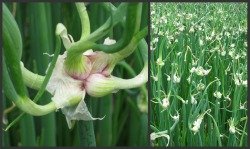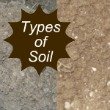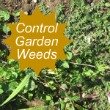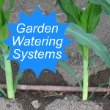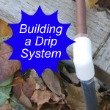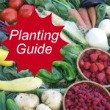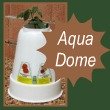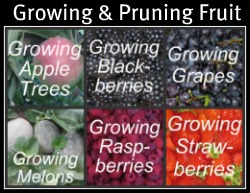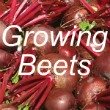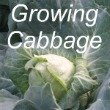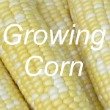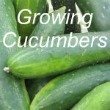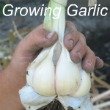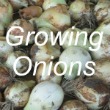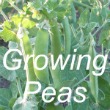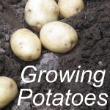|
Growing Corn
Growing corn is at the heart of the garden. Doesn't everyone like fresh corn on the cob? There are many good varieties of corn. Grow the one that you like the best. Most people usually like the varieties that have higher sugar content. Fertilizer for Corn Fertilizer for CornCorn is in the grass family. Just like your lawn, it requires a lot of nitrogen to grow well. You should rotate your garden vegetables so that they are growing in a different place each year. The legumes add nitrogen back into the soil. So plant your corn where your beans or peas were last year. Planting CornCorn is a tender vegetable and is sensitive to cold weather. It should be planted the middle of May (zone 4). See
Vegetable Planting Guide. You can help prevent the tall corn stalks from blowing over during a strong wind. Corn has brace roots coming off the base of the corn stalk. These brace roots hold the corn in an upright position. You want as many of these brace roots to develop as possible. Dig a trench about 5-6 inches deep. Sprinkle some of the fertilizer in bottom of the trench and till it into the soil with a narrow set of tilling blades. Plant the seeds 6 inches apart in the bottom of this trench. You can also use a garden seeder to plant your corn seeds. If you have fertile soil, you can plant a double row of corn (two rows 6” apart). They help support each other. If you’re still developing your garden soil, plant single rows so that your corn plants aren’t competing for nutrients. As the corn germinates and begins to grow, back fill the dirt around the small growing corn plant. This gives your corn a deeper root system. More brace roots continue to develop as corn grows. This will keep your tall corn plants from blowing over. Since I have been doing this, I’ve never had a problem with my corn blowing over. It seems that the strong winds usually blow right after you’ve watered the corn. The corn is more susceptible to blowing over when the ground is wet.
If you want to have fresh corn on the cob throughout the summer, plant a row or two of corn every two weeks. This way all your corn won’t come on at the same time. Caring for the Growing CornAs the corn is growing, it is easy to keep the weeds tilled between the rows. Keep the corn patch weeded. Don’t allow the weeds to grow and multiply. See
Garden Weeds.
The hose runs right along the row of corn. It only waters the corn not all the dirt and potential weeds in between the rows. See
Garden Watering Systems.
Corn WormThe only pest that I’ve found that causes any problem is the corn worm. It usually enters the young cob from the tassel on top of the corn plant. It goes down the stem of the plant and enters the ear of corn. Eliminating Corn Worms Organically A bug zapper keeps the corn worms out of your corn patch. The bug zapper kills the moths before they lay their eggs in the the corn. We recommend Flowtron BK-80D 80-Watt Electronic Insect Killer, 1-1/2-Acre Coverage Eliminating Corn Worms Using Pesticides When the tassels have developed and are fully exposed on top, you can spray the tassels with “Sevin” (pesticide). This will prevent most of the young corn worms from developing in the ear. You only need to spray the tassel. If you can see that the tassel is broken over, it’s too late. The corn worm has already entered the corn plant. Harvesting CornWhen the ears of corn start to fill out and get plump, it’s time to pick the corn and eat it, freeze it, or can it. You want to harvest your corn when it's still young, tender, and sweet. Old corn is more tough and chewy. If you’re not quite sure if the corn is ready, pick one ear of corn and pull off the shucks. The kernels should be fully developed. It won’t take long until you get the feel for a perfect cob of corn. If you are going to freeze the corn for the wintertime, try “The Best, Fresh, Frozen Corn” it’s the closest thing you’ll get to fresh corn off the cob. The recipe is on the How to Freeze Corn page. Feed the corn shucks and dried stocks to the horses or compost them back into the garden. Tilling the shucks and stocks back into the soil greatly improves the texture of the soil the following spring. You’ll need to use some type of chipper to chop up the stocks. They're pretty tough. See Types of Soil. Return To: |







